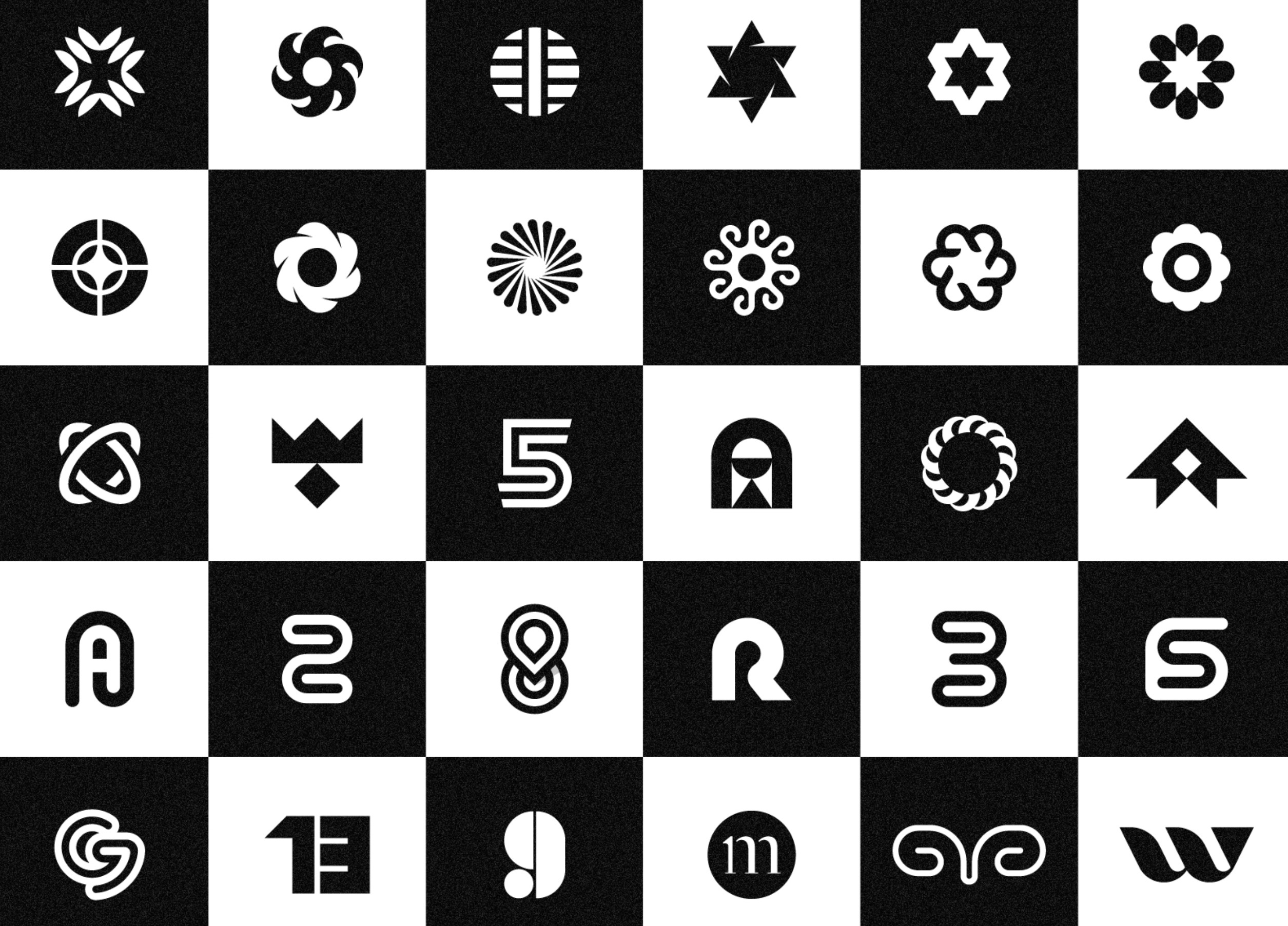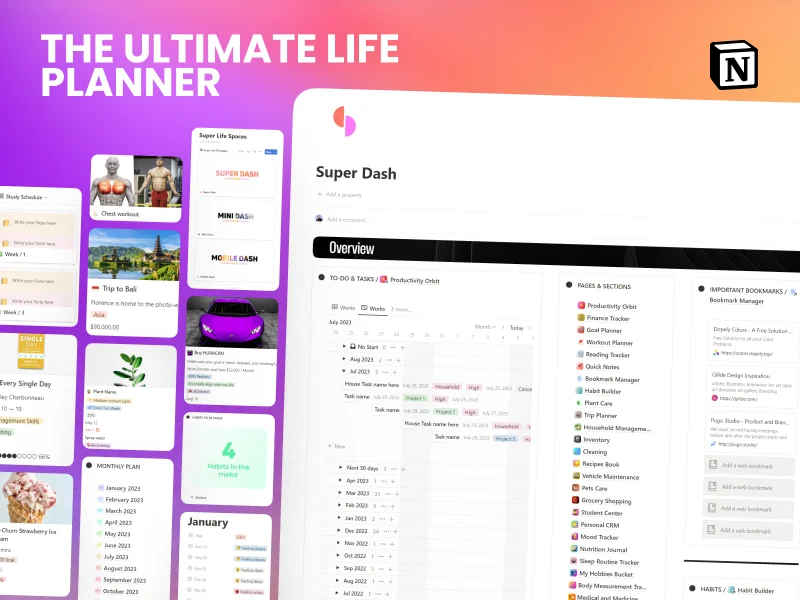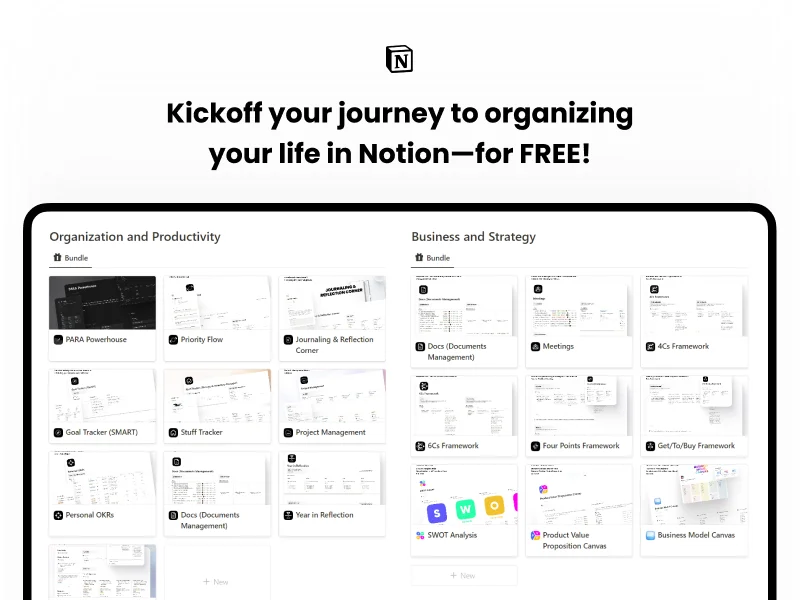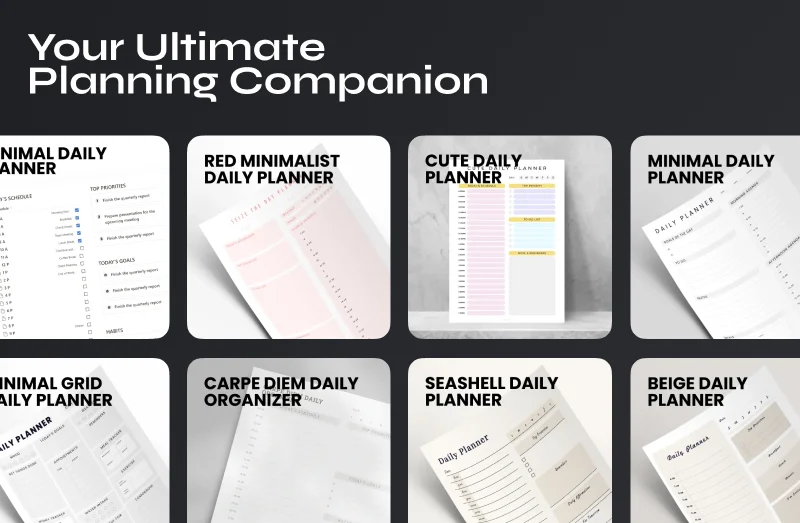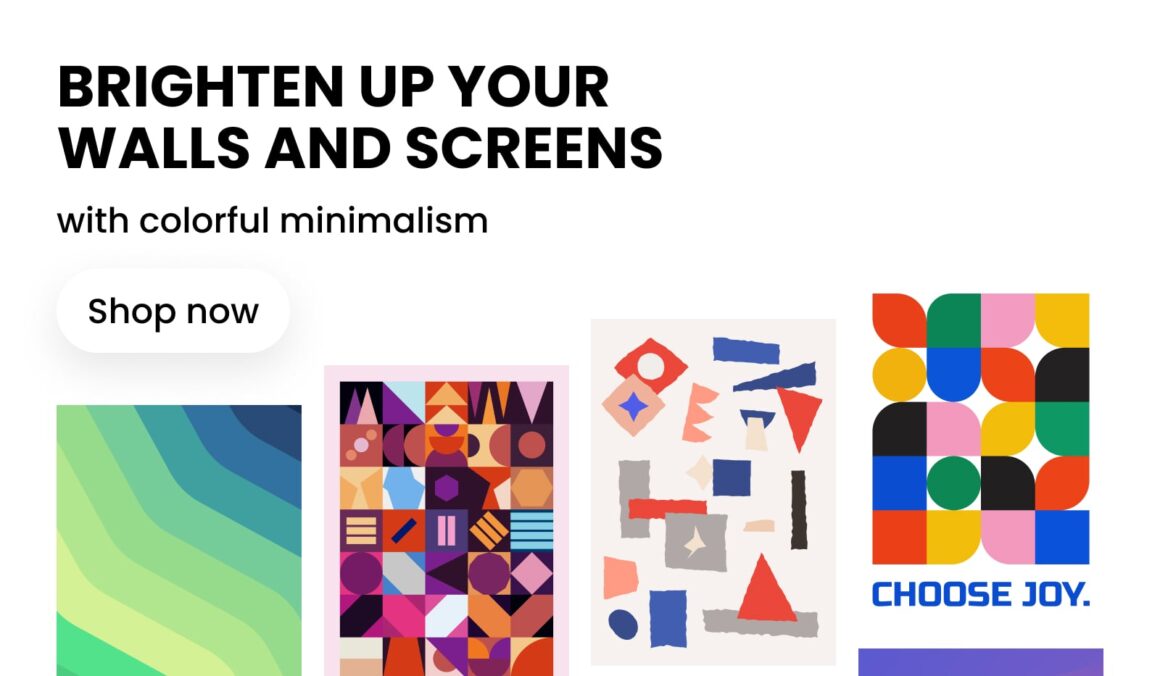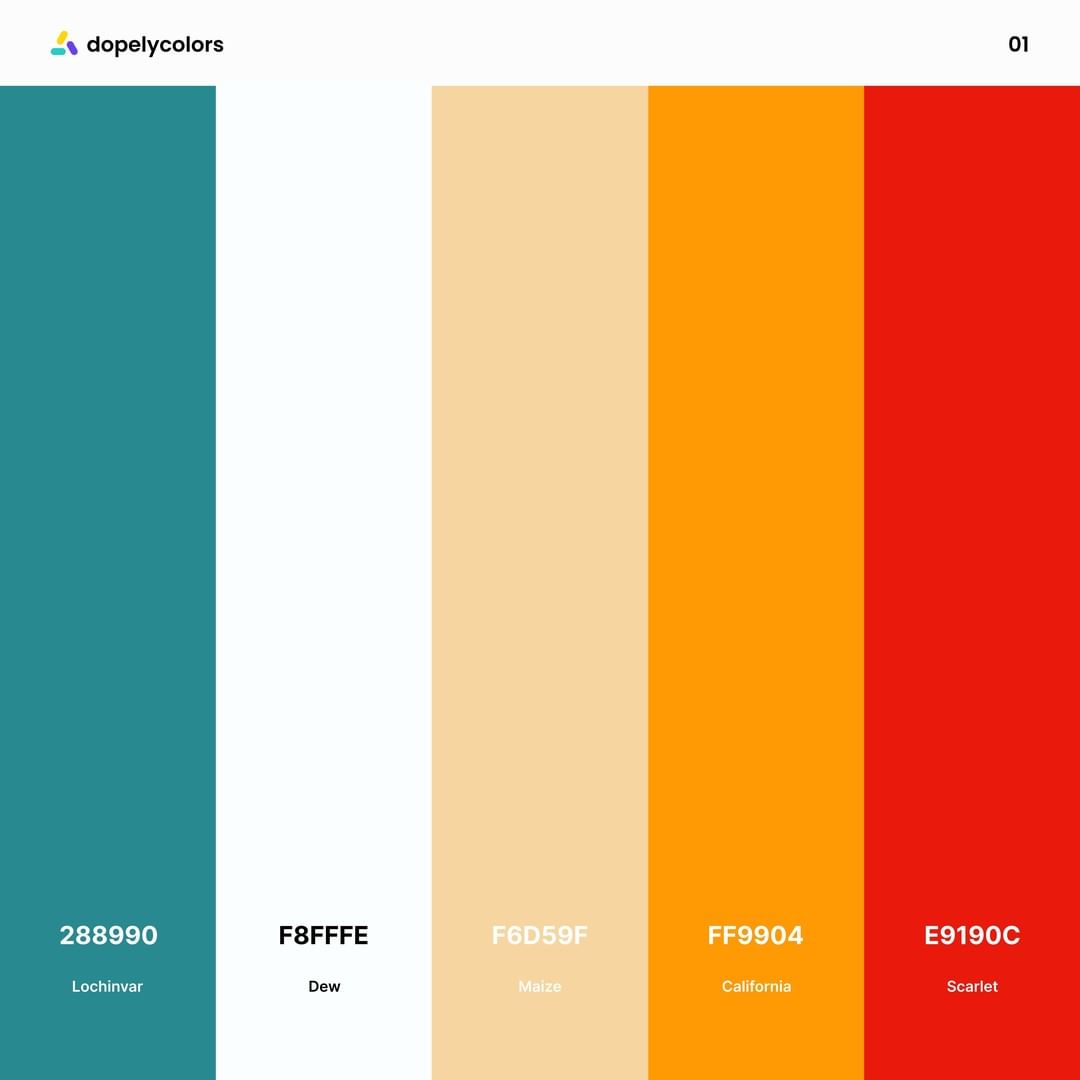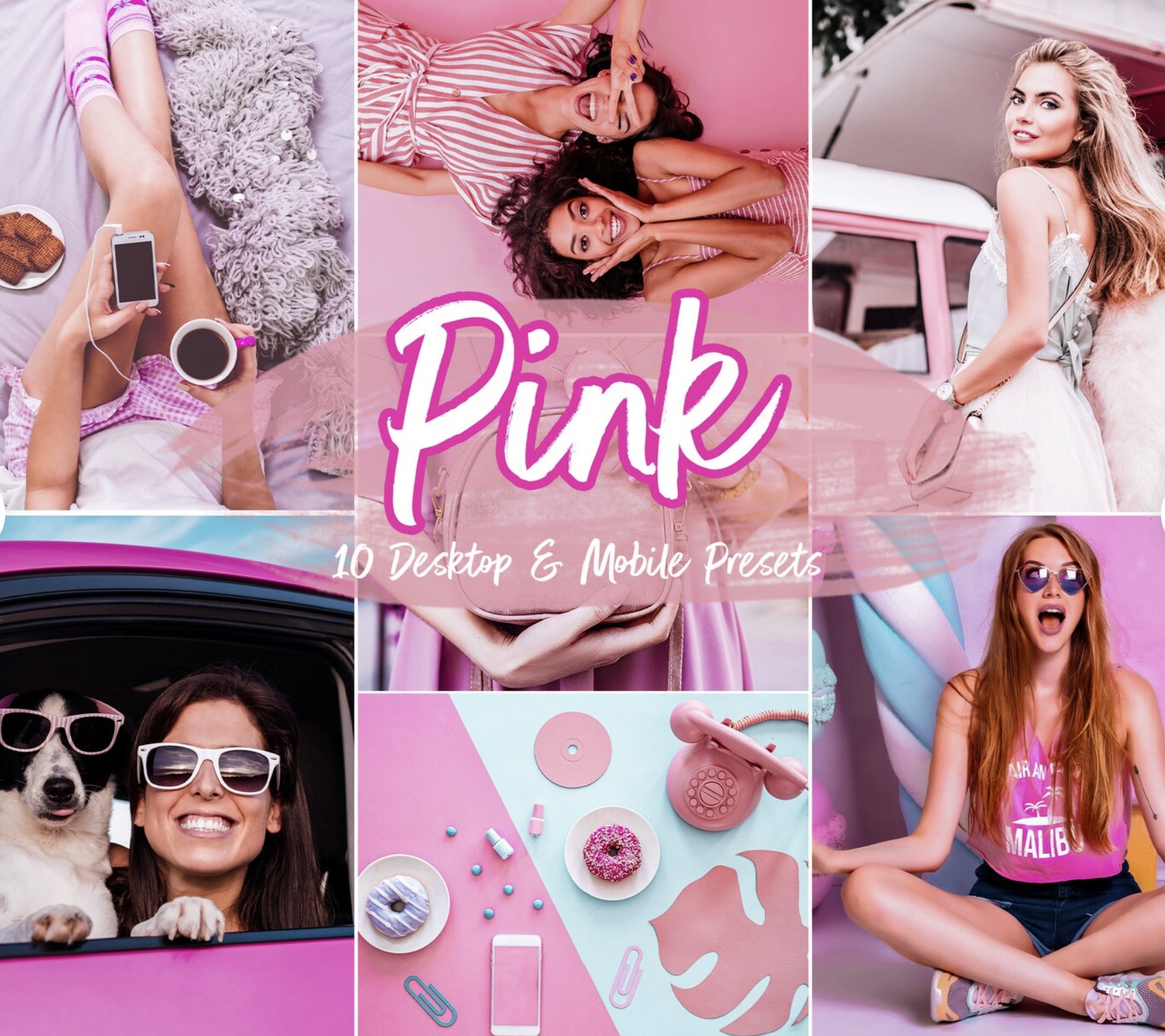In the world of graphic design, one of the most popular approaches is the minimalist design philosophy. The core values of minimalism are simplicity, clean lines, and a focus on the essential elements of a design. This approach has become increasingly popular as it allows for powerful messages to be conveyed with elegance and clarity.
Minimalism in graphic design is not just about removing elements to create a simple design. Instead, it is about carefully selecting which elements to include in a design to achieve the desired effect. By using a minimalist approach, designers can create a sense of harmony and balance in their creations.
The benefits of using minimalism in graphic design are numerous. A minimalist design can convey a sense of sophistication and elegance that is hard to achieve with more complex designs. Additionally, minimalism can make a design more memorable by reducing clutter and allowing the message to be easily understood by the viewer.
In this post, we have explored the concept of minimalism in graphic design. We have looked at its principles, benefits, and how it can be effectively applied to create impactful and visually stunning designs. By embracing minimalism, designers can create designs that are both aesthetically pleasing and effective in conveying their intended message.
Understanding Minimalism in Graphic Design
Minimalism in graphic design is characterized by simplicity, precision, and an emphasis on essential elements. The minimalist approach aims to eliminate unnecessary elements and distractions, allowing the core message or concept to shine through. Rooted in the principles of simplicity and minimal ornamentation, this design style is often associated with clean lines, ample whitespace, and a limited color palette.
Less is More: The Power of Simplicity
Minimalism harnesses the power of simplicity by focusing on what truly matters. By stripping away superfluous elements, designers can create designs that are visually pleasing, easy to understand, and impactful. In a world cluttered with information, minimalist design allows the message to take center stage, captivating the viewer’s attention and leaving a lasting impression.
The Role of Negative Space
Negative space, also known as whitespace, is a fundamental element of minimalist design. It refers to the empty areas within a design composition. By purposefully incorporating negative space, designers create breathing room for the elements that remain, allowing them to stand out and communicate their intended message more effectively. This intentional use of negative space brings balance, clarity, and elegance to minimalist designs.
Typography in Minimalist Design
Typography plays a vital role in minimalist design, where clean, sans-serif fonts are often favored. The emphasis is on legibility and simplicity, with minimal ornamentation. The careful selection and arrangement of typography help maintain the clean aesthetic of minimalist designs while ensuring clarity and readability.
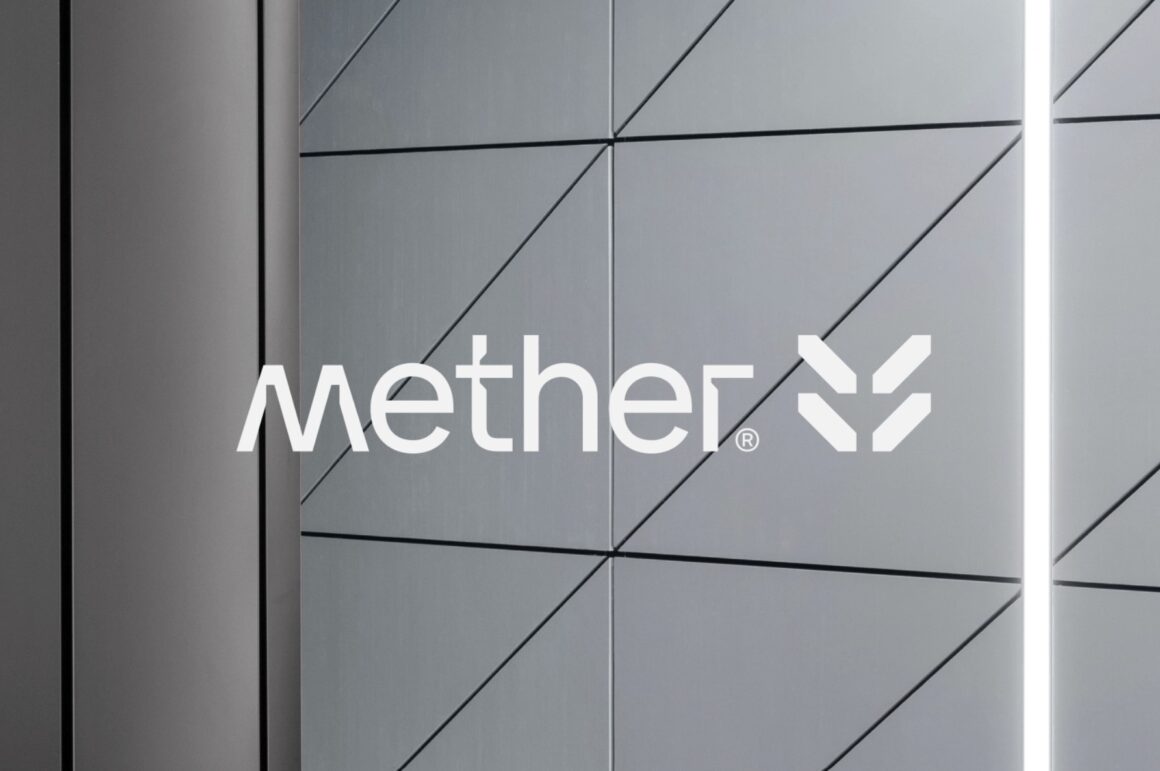
Color Palette and Minimalism
Minimalist design typically employs a limited color palette with subdued tones. By using a restrained range of colors, designers can create a cohesive and harmonious visual experience. The chosen colors evoke specific emotions and can contribute to the overall impact of the design. In minimalist design, color is used purposefully and sparingly to enhance the message rather than overpower it.
Minimalist Logo Design
Minimalism has made a significant impact on logo design, with many iconic brands embracing this style. The simplicity and elegance of minimalistic logos make them memorable and timeless. Clean lines, balanced compositions, and meaningful symbolism are key elements in minimalist logo design. Examples of successful minimalist logos include the Nike Swoosh, Apple’s iconic apple, and the FedEx logo.
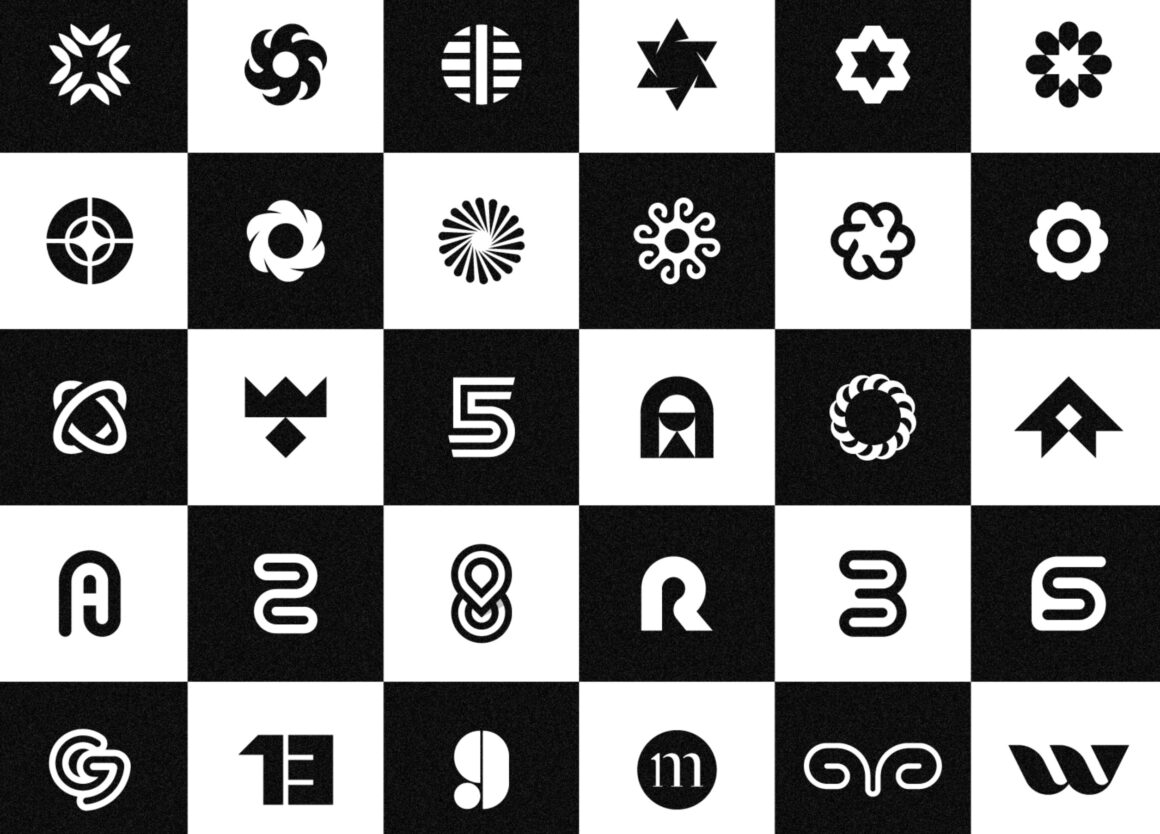

Minimalist UI/UX Design
Minimalism is also widely embraced in user interface (UI) and user experience (UX) design. In the digital realm, minimalist design translates into intuitive navigation, uncluttered interfaces, and simplified user interactions. By removing unnecessary elements and focusing on essential functionality, minimalist UI/UX design creates a seamless and visually appealing user experience.
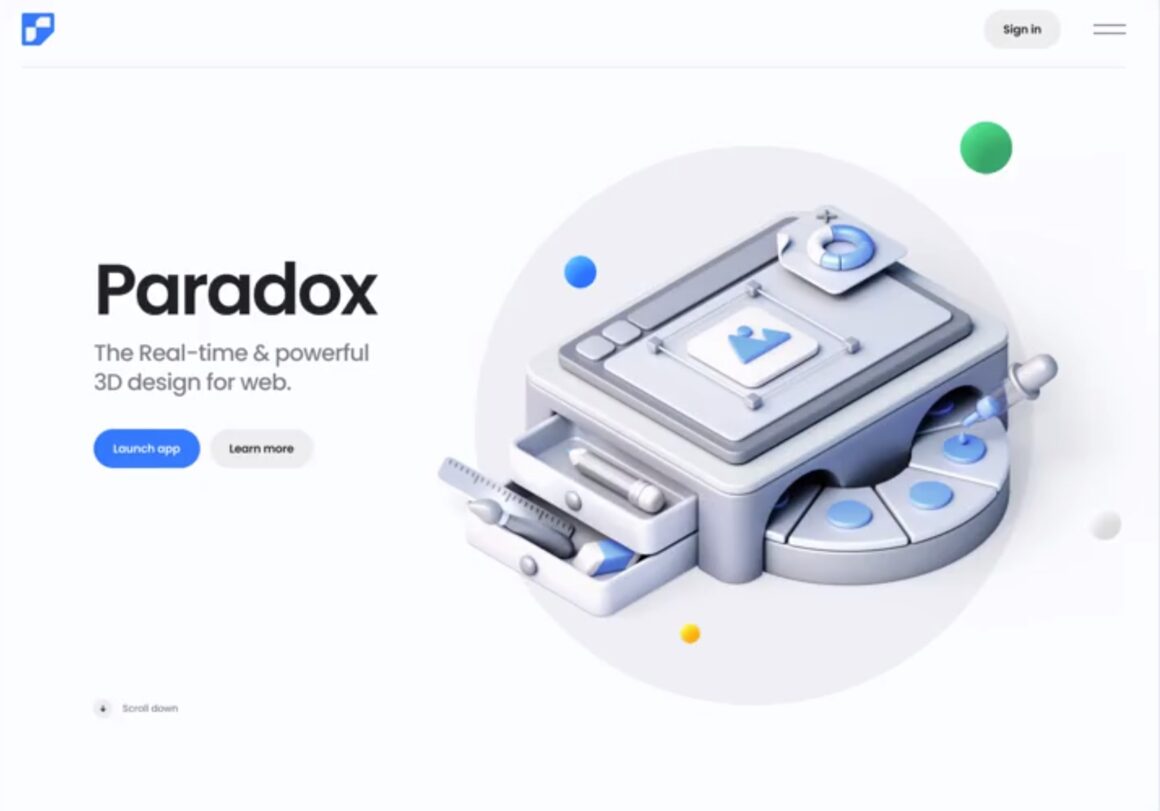

Minimalism in Print Design
In addition to web design, minimalism is also an important principle in print design. Minimalist print designs can be found in various mediums including brochures, posters, and editorial layouts. The hallmark of minimalist print design is the use of whitespace and simplicity to create an elegant and impactful design. By strategically placing elements and incorporating thoughtful typography, minimalist print designs can captivate viewers’ attention and leave a lasting impression. This is why many businesses and organizations have embraced minimalist print designs as a way to communicate their message effectively and efficiently.
The Impact of Minimalism on Branding
Minimalism has a profound impact on branding strategies. A minimalist brand identity conveys a sense of elegance, professionalism, and timelessness. By simplifying visual elements, minimalist branding creates a cohesive and memorable representation of a brand’s values and personality. Successful examples include the minimalistic branding of brands like Airbnb, Google, and Chanel.
Striking the Balance: Minimalism and Creativity
Contrary to the notion that minimalism restricts creativity, this design approach actually fosters creative problem-solving. The limitations of minimalism encourage designers to make intentional choices, focusing on the essence of the message and finding innovative ways to convey it. By striking the right balance between simplicity and creativity, designers can create visually stunning and thought-provoking designs.
Conclusion
Minimalism in graphic design showcases the power of simplicity and the impact of well-considered design choices. By embracing minimalism, designers can create visually stunning, timeless designs that effectively communicate messages with clarity and elegance. Whether applied to logos, UI/UX design, or print materials, minimalism proves that sometimes, less is truly more. With its focus on essential elements, clean lines, and ample whitespace, minimalist design provides a captivating and impactful way to communicate ideas and captivate audiences in an increasingly cluttered visual landscape.

